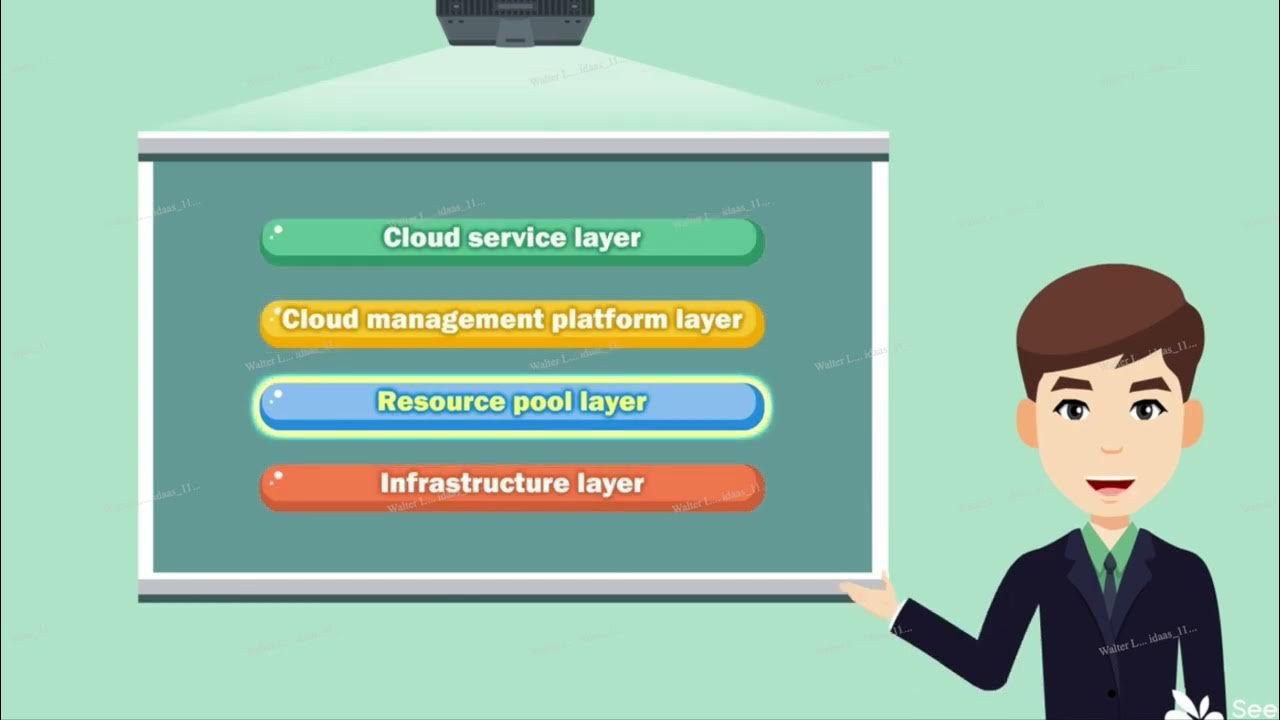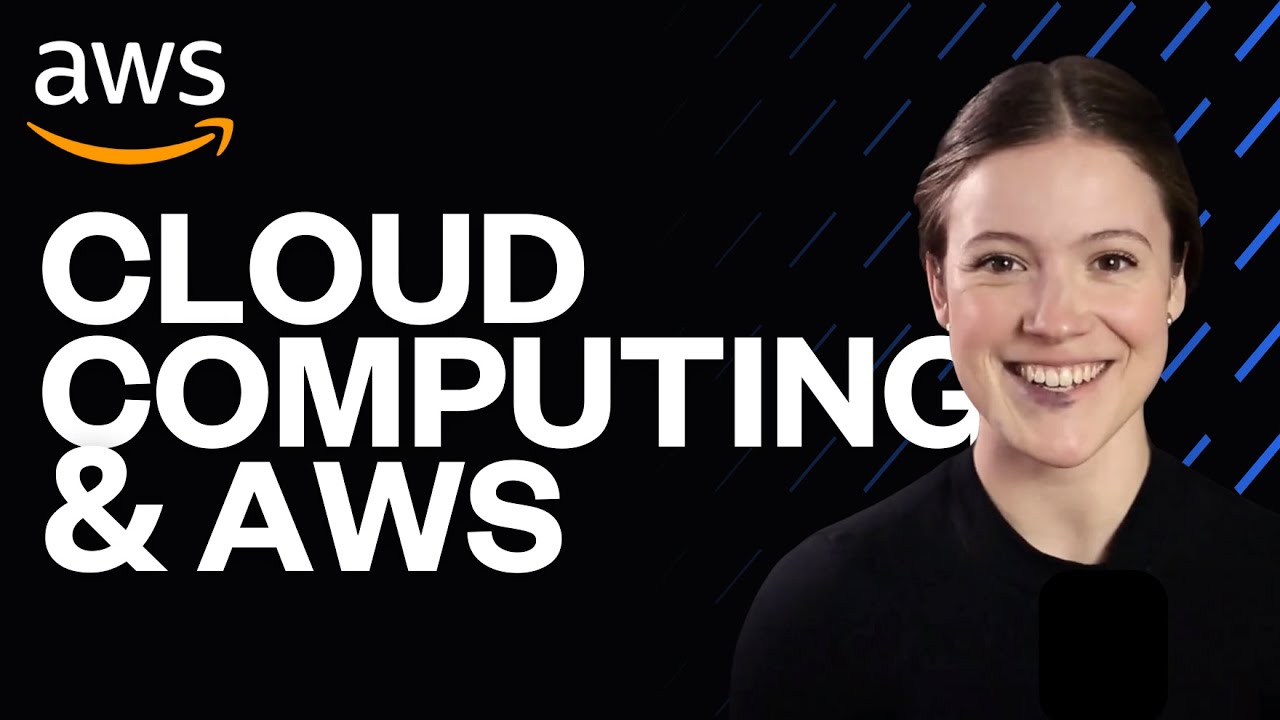Cloud Computing Fundamentals
Summary
TLDRCloud computing enables on-demand access to shared computing resources like servers, storage, and applications over the internet. Key characteristics include on-demand self-service, broad network access, resource pooling, rapid elasticity, and metering. Cloud services are available in three deployment models: public, private, and hybrid. Users can access various IT services such as Software as a Service (SaaS), Platform as a Service (PaaS), and Infrastructure as a Service (IaaS). This flexible, cost-efficient technology allows businesses to scale operations rapidly, improve efficiency, and enhance data security, making it a valuable solution for modern enterprises.
Takeaways
- 😀 Cloud computing is a model that provides on-demand access to shared computing resources such as servers, storage, and networking.
- 😀 The five essential characteristics of cloud computing are: on-demand self-service, broad network access, resource pooling, rapid elasticity, and metering.
- 😀 On-demand self-service allows users to quickly and automatically access IT resources without requiring human intervention.
- 😀 Broad network access ensures that cloud services can be accessed from any device connected to the network, including PCs, mobile phones, and tablets.
- 😀 Resource pooling means that computing resources like servers and storage are shared across multiple customers.
- 😀 Rapid elasticity allows cloud services to scale up or down quickly according to user demand.
- 😀 Metering tracks and controls the usage of cloud resources, helping manage costs effectively.
- 😀 Cloud deployments are typically classified as public, private, or hybrid clouds, each with specific benefits and use cases.
- 😀 A private cloud is for the exclusive use of a single organization and can be owned and operated within the organization's own firewall.
- 😀 Software as a Service (SaaS), Platform as a Service (PaaS), and Infrastructure as a Service (IaaS) are the three primary types of cloud services available today.
- 😀 Infrastructure as a Service (IaaS) enables users to provision full computing resources, including storage and networking, without managing the underlying infrastructure.
Q & A
What is cloud computing?
-Cloud computing is a model that allows on-demand access to a shared pool of computing resources such as servers, storage, networking, applications, and services, which can be rapidly provisioned and released with minimal management effort.
What are the five essential characteristics of cloud computing?
-The five essential characteristics of cloud computing are: On-demand self-service, broad network access, resource pooling, rapid elasticity, and metering.
What does 'on-demand self-service' in cloud computing mean?
-'On-demand self-service' allows users to automatically provision IT resources without requiring manual intervention or the need for additional human interaction.
How does broad network access contribute to cloud computing?
-Broad network access enables users to access cloud services from any standard device connected to the network, such as PCs, laptops, mobile phones, or tablets.
What is meant by resource pooling in the cloud?
-Resource pooling refers to the practice of pooling computing, networking, and storage resources across multiple customers, allowing efficient sharing and allocation based on demand.
How does rapid elasticity benefit cloud users?
-Rapid elasticity allows users to quickly scale their cloud resources up or down to meet varying levels of demand, ensuring flexibility and cost efficiency.
What is the purpose of metering in cloud computing?
-Metering in cloud computing helps track and control the amount of resources used, ensuring that customers only pay for the resources they actually consume.
What are the differences between public, private, and hybrid clouds?
-A private cloud is dedicated to a single organization, managed within its own firewall. A public cloud is open to the general public and is operated by a cloud service provider. A hybrid cloud combines both private and public cloud resources, providing flexibility in management and deployment.
What is Software as a Service (SaaS)?
-Software as a Service (SaaS) allows users to access software applications over the internet without managing or controlling the underlying cloud infrastructure. Examples include Gmail and Salesforce.
How does Infrastructure as a Service (IaaS) differ from other cloud services?
-Infrastructure as a Service (IaaS) provides users with full computing resources like processing power, storage, and networking, allowing them to build and manage applications without handling the underlying infrastructure. Public IaaS is widely used for scalable, on-demand computing resources.
Outlines

This section is available to paid users only. Please upgrade to access this part.
Upgrade NowMindmap

This section is available to paid users only. Please upgrade to access this part.
Upgrade NowKeywords

This section is available to paid users only. Please upgrade to access this part.
Upgrade NowHighlights

This section is available to paid users only. Please upgrade to access this part.
Upgrade NowTranscripts

This section is available to paid users only. Please upgrade to access this part.
Upgrade Now5.0 / 5 (0 votes)





